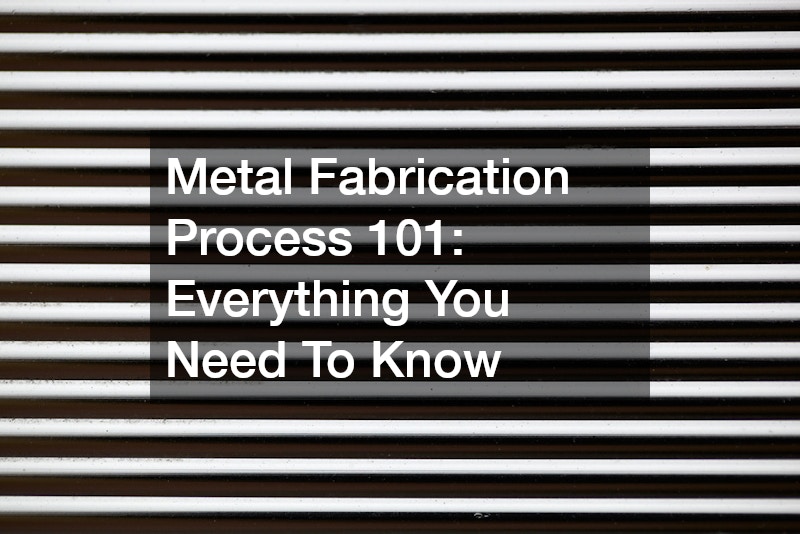Metal fabrication is the transformative process of shaping raw metals into products or parts that meet specific design and functionality requirements. This intricate process is essential in various industries, including construction, automotive, aerospace, and consumer goods. The metal fabrication process can be broken down into three primary stages: design, fabrication, and finishing.
Design Phase
The journey begins with the design phase. Using computer-aided design (CAD) software, engineers create detailed 3D prototypes based on client specifications.
These prototypes play a crucial role in ensuring that the final product meets all necessary functional and quality standards. During this phase, different metals might be tested to determine the best material for the project. A workable prototype helps identify and correct potential issues before proceeding to full-scale production, saving time and resources in the long run.
Fabrication Techniques
Once the design is approved, the fabrication phase begins. This stage involves cutting and shaping the metal using various techniques. Common methods include 2D and 3D laser cutting, TIG or MIG welding, CNC machining, tube bending, and sheet and plate bending. Highly skilled workers operate specialized machinery to ensure the final product adheres to the design specifications. The choice of technique depends on the project’s requirements and the desired outcome.
Finishing
The final stage of the metal fabrication process is finishing. This step is crucial to ensure that the product is stable, aesthetically pleasing, and ready for use. Finishing techniques such as deburring remove minor surface imperfections, while powder coating increases durability and protects against damage from exposure to moisture, chemicals, and other hazards. At this stage, neutralizing solutions may also be used to prevent corrosion and enhance the product’s longevity. Through partnerships with specialized coating companies, metal fabricators can add significant value to the final product by providing a high-quality finish.
In conclusion, metal fabrication is a comprehensive process that transforms raw metal into functional and aesthetically pleasing products. Understanding the design, fabrication, and finishing stages helps appreciate the complexity and precision involved in metal fabrication. For more information on metal fabrication, visit pbzmanufacturing.com.
.





